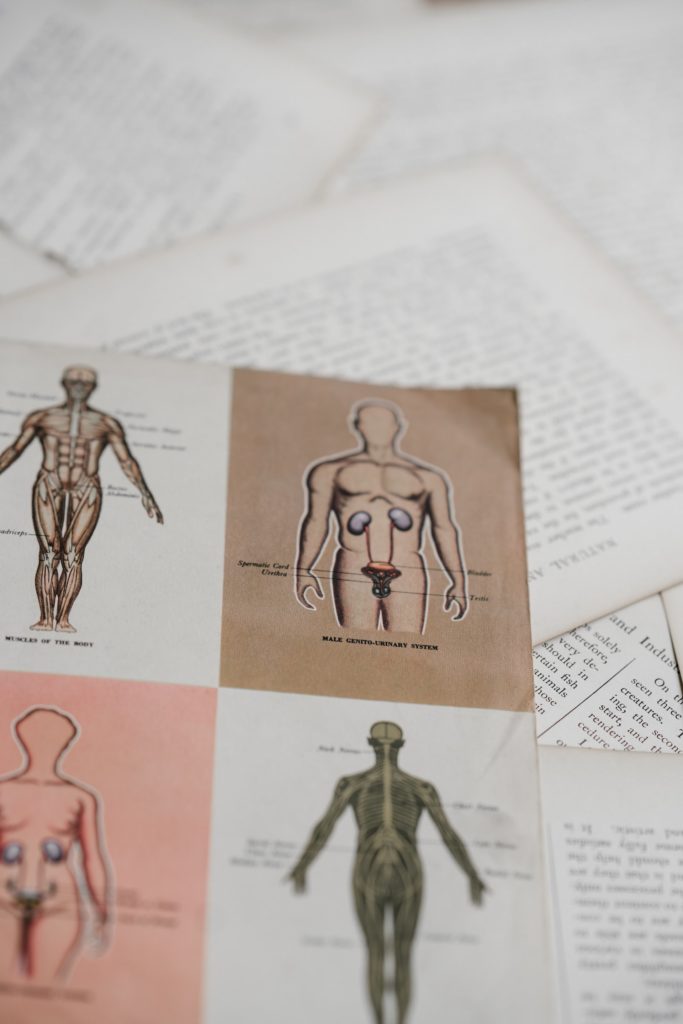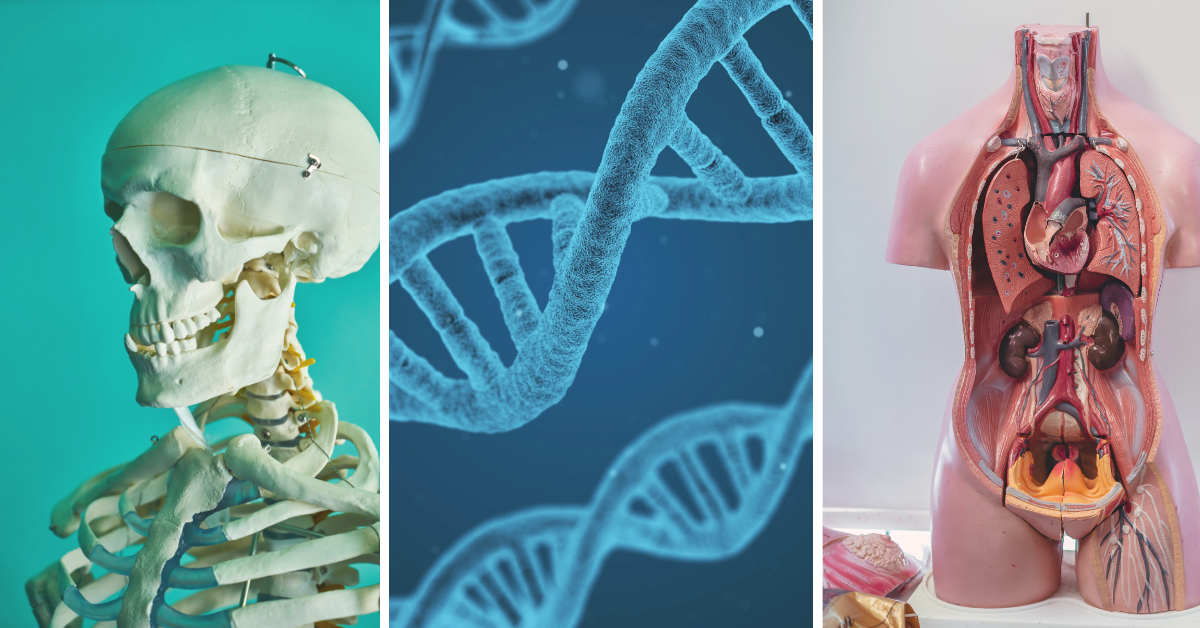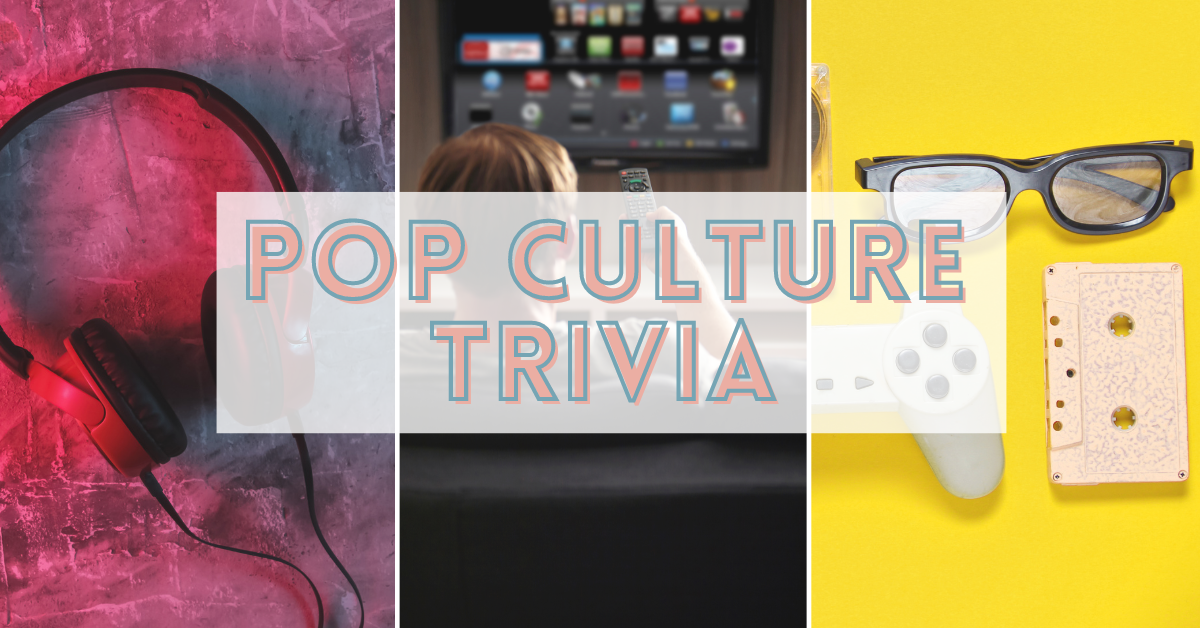Welcome to our Medical Trivia Questions trivia post! Whether you’re a medical professional, a student, or just someone who loves learning about the human body, this post is for you.
We’ve put together a collection of fun and entertaining trivia questions that cover a wide range of topics in the medical field! From anatomy and physiology to medical terminology, diseases and disorders to pharmacology and medications, health and wellness to famous medical discoveries and breakthroughs, and even medical research and studies, we’ve got it all covered.
So, get ready to test your knowledge and learn some new facts along the way! Whether you’re going through this medical quiz with friends, family, or just on your own, this quiz is sure to keep you entertained and engaged (and hopefully learning something new).
Let’s dive in and see how much you really know about the fascinating world of medicine!
For more medical trivia fun, check out this other trivia post on 100+ Medical and Human Biology Trivia Questions!
* This post may contain affiliate links. You won’t be paying a cent more, but in the event of a sale, the small affiliate commission I receive will help keep this blog running/pumping out useful content. Thanks!
Medical Trivia Questions: Anatomy and Physiology
What is the largest organ in the human body?
Answer: Skin.
What is the smallest bone in the human body?
Answer: Stapes bone in the ear.
When squats are performed, which 3 muscle groups are being utilized?
Answer: The glutes, hamstrings, and quadriceps.
Where in the body is most of the process of food absorption done?
Answer: The small intestine.
The pudental nerve leaves throught the greater sciatic foramen and re-enters through which opening?
Answer: Lesser Sciatic Formen.
What are the four major/primary types of tissue in the body?
Answer: Muscle, nervous, connective and epithelial.
If a medical image displays internal anatomy in the mid-sagittal section, which of
the following describes the section?
- a. A vertical section through the nose and umbilicus that divides the body into right and left halves.
- b. A cross-section through the midriff at about the level of the liver.
- c. A cross-section through the upper chest at about the level of the shoulders.
- d. A vertical section through the midpoint of the clavicle and through either the right or left thigh.
Answer: A
How is the “anatomical position” described?
Answer: The anatomical position is achieved when standing with feet comfortably apart while displaying the ventral surface of the head, body, and forearms in the same direction (forwards).
Which part of the body contains the most bones?
Answer: The hands. Each hand contains 27 bones, followed closely by the feet which have 26 bones in each foot.
What is the scientific name for the voice box?
Answer: Larynx.
What is the name of the hormone that regulates blood sugar levels in the body?
Answer: Insulin.
What is the name of the muscle that allows you to breathe?
Answer: Diaphragm.
What structure separates the thoracic cavity from the abdominal cavity?
- A. The mediastinum
- B. The diaphragm
- C. The peritoneum
- D. The pylorus
Answer: B
What is the name of the pigment that gives skin its color?
Answer: Melanin.
What is the name of the muscle that allows you to smile?
Answer: Zygomaticus.
What is the name of the organ that produces insulin?
Answer: Pancreas.
What is the name of the muscle that allows you to wink?
Answer: Orbicularis oculi.
What is the name of the bone that forms the upper jaw?
Answer: Maxilla.
Medical Trivia Questions: Diseases and Disorders
____ is a parasitic infection caused by the protozoan Trypanosoma cruzi. It is transmitted to humans through the bite of an infected triatomine bug, also known as the “kissing bug”.
Answer: Chagas disease.
Glaucoma is an eye disease that affects vision. What is it caused by?
Answer: Glaucoma is caused by damage to the optic nerve, which is usually due to an increase in intraocular pressure (pressure inside the eye).
What is the most common type of dementia?
Answer: Alzheimer’s disease.
What is the name of the disease caused by the human immunodeficiency virus (HIV)?
Answer: Acquired immunodeficiency syndrome (AIDS).
Leishmaniasis is a parasitic infection caused by the protozoan Leishmania. It is transmitted to humans through the bite of what creature? What does it cause?
Answer: Infected sandflies. Leishmaniasis can cause skin sores, fever, and damage to internal organs.
What is the name of the disease caused by the varicella-zoster virus?
Answer: Chickenpox.
What is the name of the disease characterized by the accumulation of fatty deposits in the arteries?
Answer: Atherosclerosis.
What is the name of the disease that causes the destruction of the liver cells?
Answer: Cirrhosis.
What is the name of the disease that causes the loss of bone density?
Answer: Osteoporosis.
Why are women more prone to getting osteoporosis?
Answer: Osteoporosis is most commonly seen in women after menopause. This is because estrogen, a hormone that helps maintain bone density, decreases significantly after menopause.
Graves’ disease affects which part of the body?
Answer: Thyroid.
Lymphatic filariasis is a parasitic infection caused by thread-like worms known as filarial parasites. It is transmitted to humans through the bite of infected mosquitoes. What can this disease lead to?
Answer: Lymphatic filariasis can cause swelling of the limbs and genitals, as well as damage to the lymphatic system.
What disease used to be called consumption?
Answer: Tuberculosis.
What is the name of the disease that causes the inflammation of the brain and spinal cord?
Answer: Meningitis.
What is the name of the autoimmune condition in which a person experiences hair loss on the scalp or other parts of the body?
Answer: Alopecia.
Which disease, which is rare these days and is caused by a lack of ascorbic acid in the body, was the main ailment of sailors up until the mid-18th century?
Answer: Scurvy.
Medical Trivia Questions: Medical Terminology
What is the medical term for the study of the ear, nose, and throat?
Answer: Otolaryngology.
Integumentary refers to what part of the body?
Answer: Skin.
Menarche refers to the ____.
Answer: Onset of menses (or the first menstrual period).
This medical term refers to an inability to speak in speech conditions caused by damage to the brain. It may include the occasional inability to find a word to a total loss of speech.
Answer: Aphasia.
Bright red blood found with stool is called what?
Answer: Hematochezia.
What is the medical term for the study of the digestive system?
Answer: Gastroenterology.
What is the common term for myocardial infarction?
Answer: Heart attack.

What is the medical term for the study of the kidneys?
Answer: Nephrology.
What does the term “palliative” mean?
Answer: Palliative means treating pain without treating the underlying cause. It is a foundational principle of hospice care.
What is the medical term for the study of the blood?
Answer: Hematology.
What is the name for a non-cancerous increase in the number of cells that make up the prostate gland — benign prostatic metaplasia, benign prostatic hyperplasia, or benign prostatic hypertrophy?
Answer: Benign prostatic hyperplasia.
What is the formal term for the disease commonly called pinkeye?
Answer: Conjunctivitis.
What is the scientific term for fingers and toes?
Answer: Phalanges.
What is the medical term for the study of the male reproductive system?
Answer: Andrology.
Medical Trivia Questions: Medical Procedures and Treatments
What is the medical procedure used to examine the inside of the bladder?
Answer: Cystoscopy.
What does a pap smear test for?
Answer: Cervical cancer.
This is a treatment that uses a photosensitizing agent and a special light to destroy cancer cells. The photosensitizing agent is injected into the bloodstream and then activated by the light, which causes the cancer cells to die. What is the treatment?
Answer: Photodynamic therapy.
What is the medical procedure used to examine the inside of the stomach?
Answer: Gastroscopy.
Extracorporeal shock wave lithotripsy (ESWL) is a non-invasive procedure that uses shock waves to do what?
Answer: To break up kidney stones. The shock waves are generated outside the body and then directed at the kidney stones, which break up into smaller pieces that can be passed more easily.
____ is a treatment that uses extreme cold to destroy abnormal or diseased tissue.
Answer: Cryotherapy.
When a person is being treated for tuberculosis they are put on a medication regimen. One of these medications, Rifampin, can cause the urine to change to what color?
Answer: Orange.
What is the medical procedure used to treat a blocked coronary artery?
Answer: Angioplasty.
What is the medical procedure used to treat a herniated disc?
Answer: Discectomy.
Intravitreal injections are injections of medication into which part of the body?
Answer: Directly into the eye.
If a person has failing kidneys, it is very likely they would be receiving what type of treatment?
Answer: Dialysis. It utilizes a dialysis machine to help filter the blood of toxins and wastes.
Which class of medications can be used to treat allergy symptoms such as a runny nose, sneezing, and hives?
Answer: Antihistamines.
Medical Trivia Questions: Pharmacology and Medications
This class of medications is used to treat asthma and other respiratory conditions. They work by relaxing the muscles in the airways, making it easier to breathe. What are they?
Answer: Bronchodilators.
This class of medications is used to treat high blood pressure and other conditions that cause fluid buildup in the body. They work by increasing urine output and reducing fluid retention. What are they?
Answer: Diuretics.

This class of medications is used to treat high blood pressure, heart failure, and other cardiovascular conditions. They work by blocking the effects of adrenaline, a hormone that can increase heart rate and blood pressure. What are they?
Answer: Beta blockers.
This class of medications is used to lower cholesterol levels in the blood. They are often used to prevent heart disease and stroke. What are they?
Answer: Statins.
Reye syndrome is a condition in children that causes swelling in the liver and brain. In order to prevent Reye syndrome, which medication should you not give a child?
Answer: Aspirin.
Insulin is a hormone that is used to treat diabetes. What does it do?
Answer: It helps to regulate blood sugar levels by allowing the body to use glucose for energy.
What does Atorvastatin (Lipitor) do?
Answer: It’s used to treat high cholesterol.
How does Albuterol treat asthma?
Answer: It is a bronchodilator that works by relaxing the muscles in the airways, making it easier to breathe.
What is the name of the medication used to treat acid reflux?
Answer: Omeprazole (such as Prilosec).
What does Carbamazepine (Tegretol) do?
Answer: Carbamazepine is a medication that is primarily used to treat seizures and nerve pain. It works by reducing the activity of nerve impulses in the brain and nervous system. Carbamazepine is commonly used to treat conditions such as epilepsy, trigeminal neuralgia (a type of facial pain), and bipolar disorder.
Levodopa is a medication used for what disease?
Answer: Levodopa is a medication that is primarily used to treat the symptoms of Parkinson’s disease. Levodopa works by increasing the levels of dopamine in the brain, a neurotransmitter that is involved in regulating movement.
What is the name of the medication used to treat attention deficit hyperactivity disorder (ADHD)?
Answer: Methylphenidate (Ritalin).
Medical Trivia Questions: Famous Medical Discoveries and Breakthroughs

In 1928, Alexander Fleming discovered which groundbreaking antibiotic?
Answer: Penicillin.
Who developed the first successful polio vaccine?
Answer: Jonas Salk.
Which two scientific heroes discovered the structure of DNA?
Answer: James Watson and Francis Crick.
Which English physician discovered the smallpox vaccine in 1796?
Answer: Edward Jenner.
In 1952, Surgeon Joseph Murray performs the first successful transplant of what on identical twins at Peter Bent Brigham?
Answer: Kidney transplant.
Who developed the first successful heart transplant?
Answer: Christiaan Barnard.
In March of 1987, FDA approved _____ as the first antiretroviral drug for the treatment of AIDS.
Answer: Zidovudine (AZT).
During what decade in the 1900s did Mass General researchers develop laser treatment for removal of pigmented lesions and tattoos?
Answer: 1980s (1988).
During what decade in the 1900s did the first clinical trials of oral contraceptives get underway at Boston Lying-In Hospital?
Answer: 1950s (1954).
Best Trivia Games of 2024
Can’t get enough of the trivia goodness? Neither can we. If you’re looking for trivia games to play with friends/family, here are our favorite trivia board games on the market this year!

Ultimate Pub Trivia
1,100 questions covering 6 different categories
Host your own pub-style trivia nights
4 or more players | Ages 12 and up

Anomia Party Edition
A very popular card game for families, teens and adults!
Fast-paced friendly competition and laugh-til-you cry kind of fun
3-6 players | Ages 10+

…I should have known that! Trivia Game
110 cards with 400+ questions
Instead of points for answering questions right, points are subtracted for every wrong answer
Players 2+ | Ages 14+
Read Next:
If you enjoyed reading this article, check out some of our other trivia topics and quizzes:












